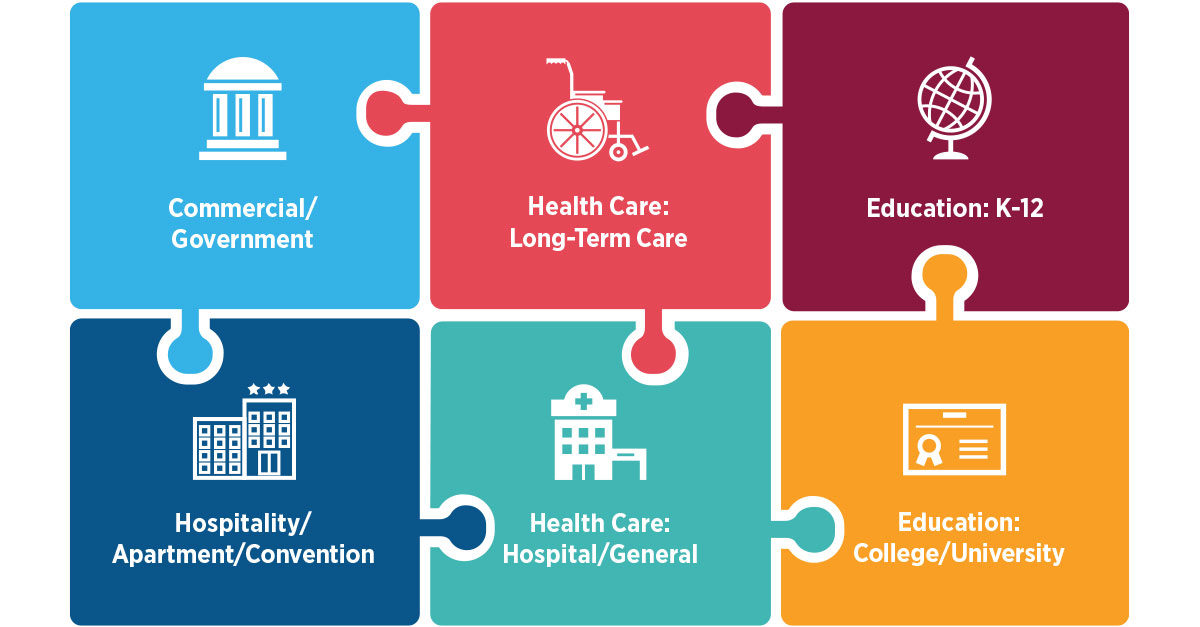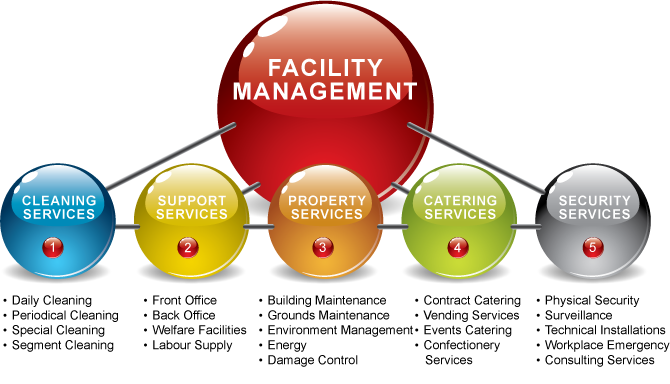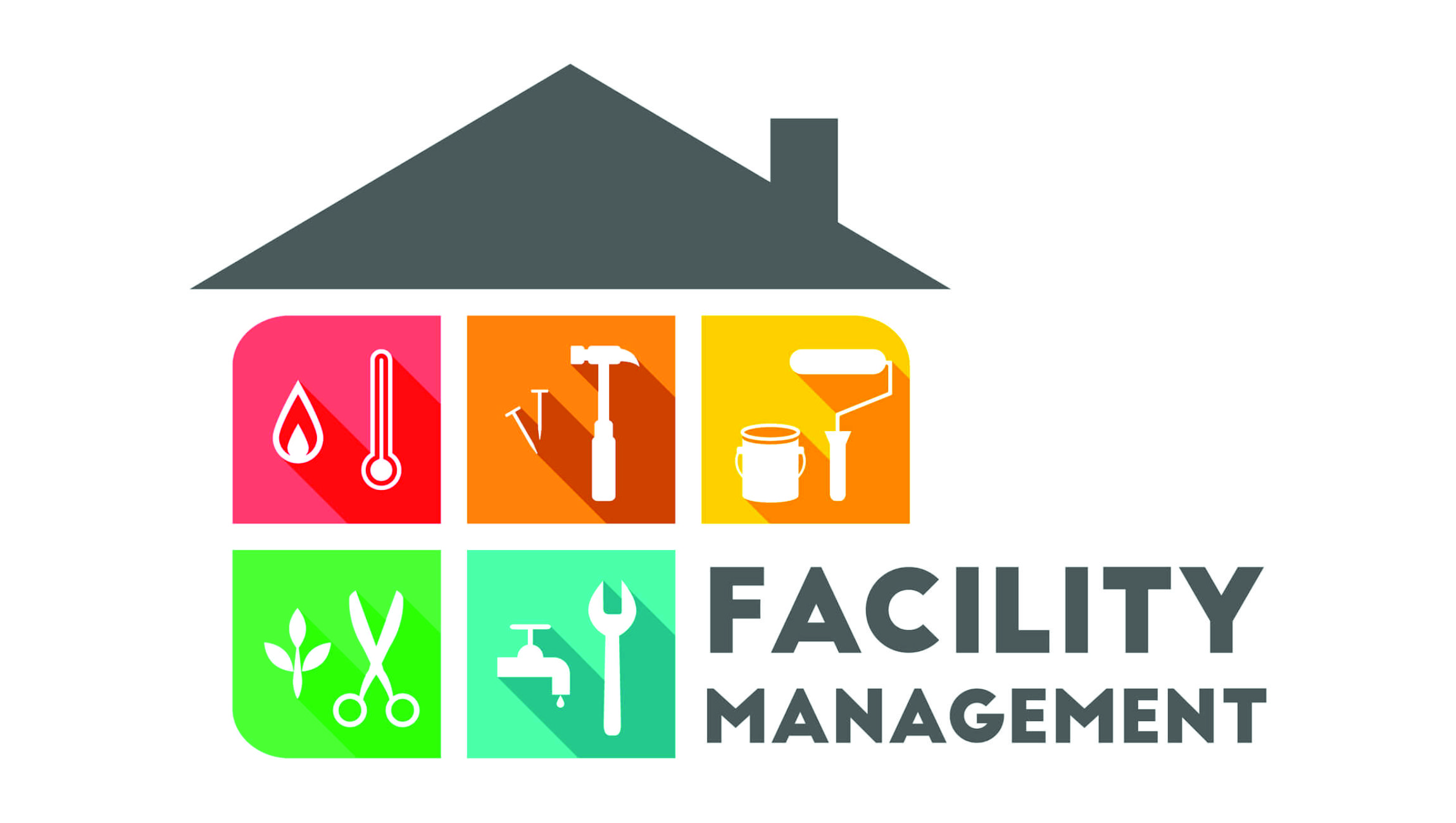The Necessary Guide to Facility Monitoring: Techniques for Success
Facility monitoring plays a crucial duty in the overall success of an organization, serving as the backbone that supports efficiency, effectiveness, and safety. The subtleties of reliable center management expand past plain logistics and call for a thorough understanding of both qualitative and quantitative metrics.
Recognizing Center Administration
What constitutes effective facility administration? Effective facility management encompasses the coordination of various organizational features to make sure that constructed settings are safe, efficient, and for productivity. It integrates the principles of design, company, and design management to create a seamless functional circulation within an organization.
Secret aspects of center administration include room planning, upkeep monitoring, and compliance with wellness and safety policies. Space preparation concentrates on optimizing using physical sources to sustain organizational objectives, while maintenance monitoring guarantees that facilities are maintained in optimum condition, maximizing life-span and minimizing operational costs. Conformity with regulative and lawful requirements is important, as it safeguards the organization against potential responsibilities and boosts its reputation.
Additionally, efficient facility administration depends on the strategic use innovation, such as Structure Administration Systems (BMS) and Computer-Aided Center Management (CAFM) tools. These technologies facilitate real-time surveillance of structure systems and enhance maintenance procedures (Facility Management). Eventually, a comprehensive technique to center management not only advertises functional effectiveness however likewise cultivates a positive atmosphere for visitors and staff members alike, driving general business success

Key Approaches for Optimization
Maximizing center monitoring calls for a calculated approach that straightens functional techniques with organizational goals. To attain this, the initial essential strategy is the implementation of integrated technological remedies. Making use of advanced software systems enables for real-time monitoring of facility operations, helping with data-driven decision-making and boosting total effectiveness.
Secondly, normal evaluations of center efficiency are crucial. Carrying out routine inspections and audits allows center supervisors to determine locations that need enhancement, guaranteeing that sources are designated effectively. This proactive method aids in minimizing downtime and improving solution distribution.
One more important method is cultivating cooperation across departments. By urging open communication between groups, facility supervisors can better straighten their strategies with company objectives, bring about boosted operational harmony. In addition, engaging staff in training programs promotes a society of responsibility and improves their ability to contribute to optimization initiatives.
Enhancing Security Protocols
Reinforcing safety and security procedures is necessary for creating a safe and secure atmosphere within centers. A detailed security procedure not just protects staff members and visitors but additionally boosts operational efficiency. Facility Management. To attain this, center supervisors need to perform normal threat analyses to make sure and recognize possible threats that appropriate measures remain in place

Additionally, clear communication networks need to be developed to report safety worries without delay. look at here now This consists of developing an available platform for employees to articulate prospective risks or incidents without anxiety of retribution. Leveraging innovation can enhance safety and security procedures; for example, applying surveillance systems and gain access to controls helps keep track of facility tasks and limit unauthorized entry.
Last but not least, compliance with local guidelines and industry requirements is non-negotiable. Routine audits and evaluations of security methods guarantee positioning with current legislations and best techniques. By prioritizing these strategies, facility supervisors can grow a society of security that shields all stakeholders and ultimately adds to the organization's success.
Improving Work Environment Setting
A favorable workplace environment dramatically enhances staff member morale and productivity, making it an important focus for center management. To create such a setting, center managers must prioritize numerous essential elements, consisting of functional designs, appearances, and staff member involvement.
Ergonomic factors to consider are important to minimize physical strain and discomfort. This includes offering flexible furnishings, appropriate lighting, and adequate space for movement. These adjustments can cause decreased absenteeism and increased task complete satisfaction.
Appearances play a crucial role fit the office atmosphere. Using shade psychology, all-natural lighting, and greenery can foster a welcoming and boosting atmosphere. Attentively he has a good point developed spaces can enhance imagination and enhance overall health.
In addition, encouraging worker engagement via comprehensive decision-making procedures can enhance the feeling of possession and belonging. Gathering responses on work environment renovations and involving workers in the style procedure can result in an extra customized setting that satisfies their demands.
Last but not least, promoting wellness campaigns, such as wellness programs and relaxation spaces, can better add to a supportive work environment culture. By concentrating on these approaches, center managers can effectively improve the workplace setting, driving both worker complete satisfaction and business success.
Determining Success in Facilities
Gauging success in facility monitoring calls for a comprehensive strategy that evaluates both measurable and qualitative metrics. Measurable metrics usually consist of crucial efficiency indications (KPIs) such as room usage prices, energy intake, maintenance prices, and occupancy degrees. These metrics supply a clear image of operational efficiency and financial performance, permitting center supervisors to recognize areas for enhancement and benchmark versus market criteria.
Qualitative metrics, on the various other hand, emphasis on individual contentment and worker involvement. Studies and comments systems can assess exactly how well the centers meet the requirements of occupants, assisting to examine the general workplace atmosphere. This aspect is critical, as a completely satisfied labor force is often linked to raised productivity and retention rates.
To efficiently determine success, facility managers need to also consider integrating innovation, such as developing monitoring systems and data analytics devices, to collect and assess relevant information. Frequently evaluating both sets of metrics allows for a much more well balanced sight of performance and educates tactical choices. Eventually, an effective center administration technique depends upon a dedication to constant renovation, making certain that both functional efficiencies and individual fulfillment are focused on.

Conclusion
To conclude, effective facility management is vital for boosting organizational performance. By executing integrated technical services, conducting routine assessments, and promoting cooperation throughout departments, companies can achieve ideal resource allowance and functional performance. Prioritizing safety and security procedures and improving office settings additionally add to increased staff member satisfaction. Gauging success with both quantitative and qualitative metrics allows for continuous improvement, eventually leading to decreased operational costs and an extra efficient business ambience.
Facility administration plays an important role in the general success of an organization, serving as the backbone that sustains performance, safety, and efficiency.Secret aspects of center monitoring include area planning, upkeep administration, and compliance with wellness and security guidelines.Furthermore, efficient facility management relies on the tactical use of modern technology, such as Building Management Systems (BMS) and Computer-Aided Facility Management (CAFM) devices. Eventually, a comprehensive method to facility management not only advertises operational efficiency however additionally promotes a favorable atmosphere for visitors and staff members alike, driving total business success.
Ultimately, an effective center click resources management technique hinges on a commitment to continuous improvement, making certain that both functional performances and customer fulfillment are prioritized.